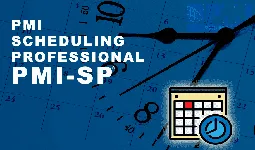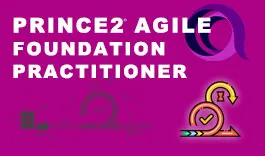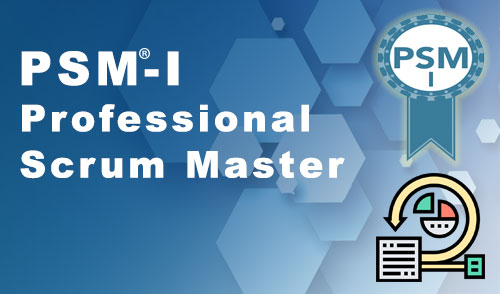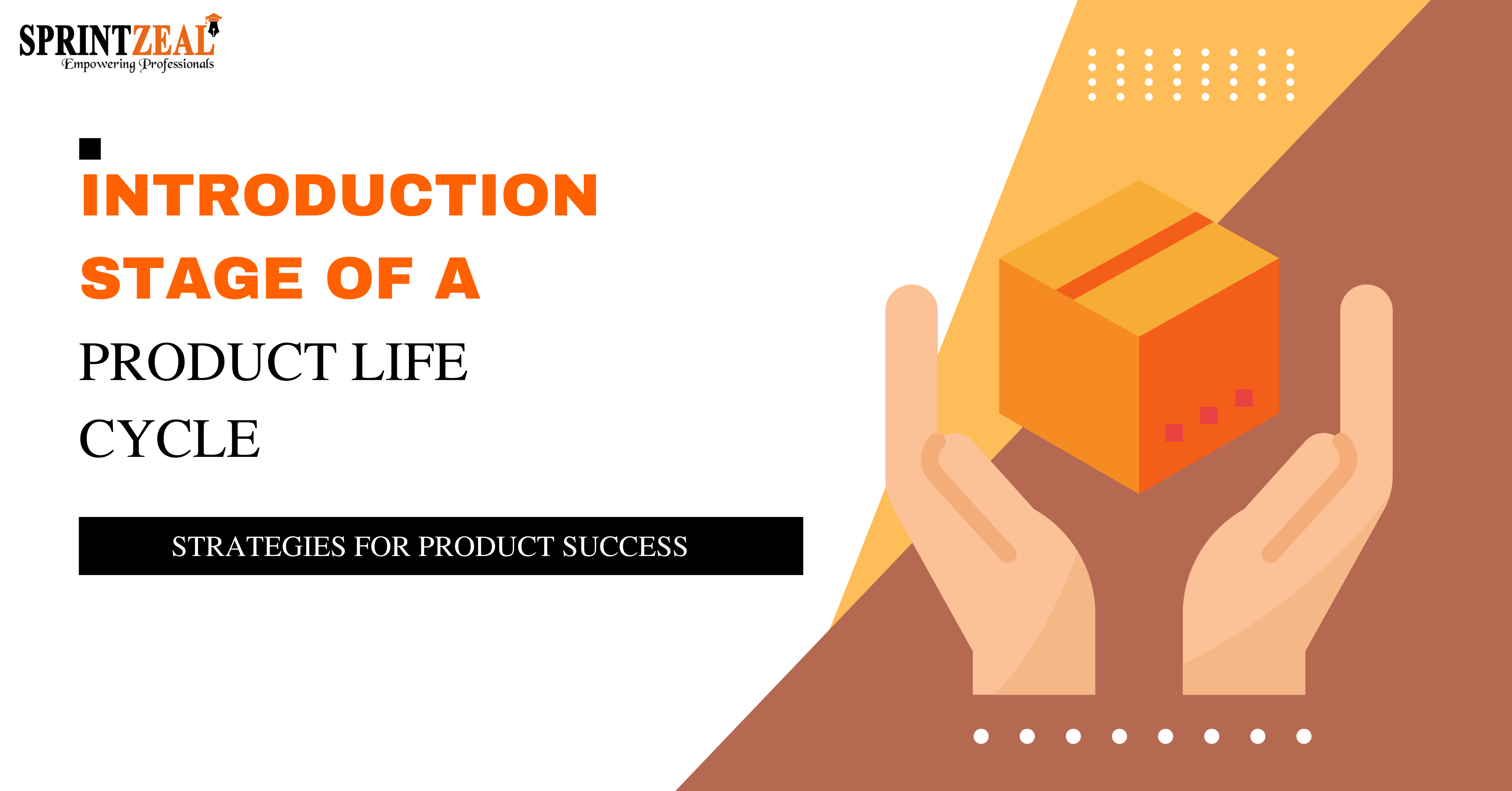How to Choose the Best Marketing Automation Tool for Your Needs
-
 By Sprintzeal
By Sprintzeal - Published on May 19 2025

Marketing automation software is simply the electronic overdrive that takes your business to its maximum level when it comes to lead nurturing, campaign optimization, and client engagement. Picking the right one for your business could be daunting with too many choices available. Do you need advanced analytics? Seamless CRM integration? AI-driven recommendations?
The several marketing automation solutions that are available, how to choose the right tool, and when to invest in automation are all covered in this article. To assist you in making wise choices, we will also look at some of the top automation platforms and their salient characteristics.
Table of Contents
Marketing Automation Software: What Is It?
Marketing automation programs enable companies to automate tasks such as customer segmentation, social media publishing, email marketing campaigns, etc. In a way that they can target more specifically and analyze the performance of marketing with less human interference, these programs aid companies in lead nurturing.
These could be as simple as email schedulers or as advanced as systems that integrate multi-channel automation, CRM, and AI-based insights. The best marketing automation tool saves time, reduces human error, and maintains consistency with the customer.
How to Fit Marketing Automation Tools to Company Needs
Your company's size, industry, and specific goals will all impact which marketing automation tool is the best fit for you:
- Small businesses:
With a small business, you need something easy and affordable. Find the tools that will provide you with basic email automation, simple customer segmentation, and integration with CRM or e-commerce. Avoid overly complicated systems that require a full-time management team.
- Mid-sized companies:
Your company's need for marketing will grow when it becomes bigger. More personalized ads will be facilitated by a program that offers advanced segmentation, A/B testing, and behavioral monitoring. Integration with customer databases and analytics facilitates decision-making based on data.
- Large enterprises:
Larger enterprises need scalability. A tool that features multi-channel automation, AI-powered insights, and deep enterprise integrations ensures everything runs well and smoothly. Dynamic content, predictive analytics, and workflow automation have become key to dealing with huge audiences.
Assess your budget, team competencies, and long-term strategy before investing in any platform. The right tool in automation will fit seamlessly into the existing marketing processes. Their efficiency will be improved rather than adding complexity to them.
Key Factors When Choosing Marketing Automation Tools
The choice of an appropriate marketing automation solution must be well thought out. What an organization needs, is one that will match its processes, grow with it, and bring actual value. Here are the essential factors to consider:
- Integration:
The chosen marketing automation software should integrate with your existing CRM, e-commerce platform, or customer database. Poor integration means data silos and makes tracking customer interactions on various channels cumbersome.
- Customization:
Every business has its own special marketing strategies. A rigid tool with limited customization can become a roadblock. Look for automation software providing the facility for custom workflows, segmentation rules, and personalized campaign triggers.
- Reporting and analytics:
The best includes deep reporting for the most crucial metrics and customizable dashboards in which to view data in an understandable format. It should bring together various sources of data important to a business, including insights from top analytics tools such as Google Analytics, Matomo, Google Search Console, and an SEO reporting tool.
- Customer support:
Determine if the provider offers 24/7 support, live chat, or assigns an account manager to you. Sometimes, community forums and knowledge bases are sufficient to answer common problems.
- Price:
The variety of marketing automation tools includes both enterprise-level solutions with premium capabilities and more affordable ones. Consider the cost in light of the features provided rather than just the price. Some platforms charge based on the number of contacts, emails sent, or advanced functionalities.
- User interface:
Seek a demo or free trial to try out usability before deciding.
Therefore, it is time to discover the best marketing automation tool for you!
Best Marketing Automation Tools
Marketing automation tools help in managing campaigns, tracking customer interactions, and optimizing engagement for maximum effect with minimum human intervention. Below are some of the top-rated platforms, each for different business needs.
SE Ranking
Source: SE Ranking
ALT: SE Ranking’s homepage
SE Ranking is more known as an SEO platform, although it has the feature of marketing automation that assists businesses in content optimization, tracking keywords, and report automation. For companies investing much in heavy search engine optimization, SE Ranking equips them with important tools to improve in terms of visibility, competitor monitoring, and link-building management.
Key features:
- Automated SEO audits and site monitoring
- Keyword rank tracking with automated alerts
- Competitor analysis and backlink monitoring
- Marketing reporting automation
- Integration with Google Analytics and Google Search Console
- White-label reporting for agencies
This is quite a good tool for agencies or businesses wanting to connect SEO to more general digital marketing automation.
HubSpot
Source: HubSpot
ALT: HubSpot’s homepage
Most marketers know HubSpot as one of the greatest marketing automation tools. It provides all-around solutions for lead nurturing, social media scheduling, CRM integration, and email marketing. This enables businesses to monitor client interactions in real-time and automate processes, in order to propel leads down the sales funnel.
Key features:
- Drag-and-drop automation workflow builder
- Email marketing with personalization and A/B testing
- Lead scoring and customer segmentation
- Multi-channel campaign automation
- CRM integration for tracking customer interactions
- In-depth analytics and reporting dashboards
- Social media scheduling and tracking
It's ideal for small and medium businesses that need a strong but easy-to-use automation platform. Its price is high, though, for startups, particularly when contact lists increase. However, its pricing is steep for startups, especially when contact lists grow.
Digitalfirst.ai
Source: Digitalfirst
ALT: Digitalfirst’s homepage
For businesses that need AI-driven automation, Digitalfirst.ai is the leading innovator in providing insights about brand audience behavior. It is undoubtedly the best marketing automation tool in 2025.
Key features:
- AI-based content and campaign recommendations
- Multi-channel campaign automation
- Customer behavior tracking and predictive analytics
- Automated audience segmentation
- Performance tracking with real-time adjustments
- Social media and paid ads automation
In fact, Digitalfirst.ai is very important for those companies that wish to scale without an army of hired employees.
Klaviyo
Source: Klaviyo
ALT: Klaviyo’s homepage
Klaviyo is one of the leading online store retailers due to its proficiency in e-commerce automation. It provides companies with an opportunity to automate email and SMS marketing operations from customer behaviors and integrates perfectly well with Shopify, WooCommerce, and BigCommerce.
Key features:
- Pro advanced email and SMS marketing automation
- Shopify, WooCommerce, and BigCommerce integration
- AI-powered product recommendations
- Customer segmentation based on shopping behavior
- Dynamic discount code creation
- A/B testing for email and SMS campaigns
- Revenue tracking and performance analytics
While powerful, Klaviyo can indeed be quite costly with its price structure for large contact lists.
Customer.io
Source: Customer.io
ALT: Customer.io’s homepage
Customer.io is tailored for companies dependent on real-time, personalized engagement with their customers. It empowers companies with sending targeted emails, push notifications, and SMS messages based on user behavior or life cycle phases.
Key features:
- Email, SMS, and push notification automation
- Event-based customer journey triggers
- Advanced segmentation and personalization
- API and webhook integrations for real-time data updates
- A/B testing for messaging performance
- Custom workflows with multi-step automation
Its strong workflow with deep segmentation for flexible automation helps SaaS firms and mobile developers reach their needs. However, the advanced configuration requires some learning.
Ortto
Source: Ortto
ALT: Ortto’s homepage
Until recently named Autopilot, Ortto is a high-end solution that bridges the gap between customer journey mapping and automation. It features a visual workflow builder that lets marketers build even the most complex campaigns without any coding.
Key features:
- Visual workflow builder for campaign automation
- Unified customer data for personalized messaging
- Multi-channel automation (email, SMS, in-app messaging)
- AI-powered audience segmentation
- CRM and analytics tool integration
- Customizable reporting dashboards
Ortto's strong point is its unification of customer data in personalization across many channels.
Mailchimp
Source: Mailchimp
ALT: Mailchimp’s homepage
Mailchimp gained a wide audience through friendliness, ease of work, and affordability. It boasts ready-made templates, automated email chains, and simple customer segmentation.
Key features:
- Drag-and-drop email builder
- Pre-built automation workflows for follow-ups and promotions
- Customer segmentation based on behavior and demographics
- A/B testing for email optimization
- Social media ad integration
- Performance tracking with detailed reports
It's ideal for small businesses and startups that need an email marketing platform that is easy to use and has in-built statistics. But compared to more advanced platforms such as HubSpot or Klaviyo, automation features are less comprehensive.
Buffer
Source: Buffer
ALT: Buffer’s homepage
One popular tool for social media marketing automation is Buffer. It enables companies to plan content, monitor interaction, and assess results on various social media platforms. Brands who want to keep up a steady social media presence without having to actively update material every day will find the platform very helpful.
Key features:
- Social media post scheduling across multiple platforms
- Engagement and audience interaction tracking
- Custom posting schedules and queue management
- Team collaboration tools for content approval
- Analytics dashboard for post-performance insights
- Hashtag and mentions tracking
Buffer is really good at scheduling social media, but it doesn't have the full range of marketing automation functions that HubSpot and other all-in-one automation solutions have.
When to Invest in Marketing Automation Tools
While effective marketing automation can really help businesses, at every stage of business, such tools are not quite necessary. Here are the key signs which show that this is the right time to invest in them:
- Your marketing team is overwhelmed. By automating tasks such as sending out emails, updating social media, and segmenting leads, automation leaves more time for strategy and creativity.
- Lead generation and management is becoming cumbersome. As the customer base increases, it is inefficient to manually track interactions, follow-ups, and engagement. Automation ensures that no lead gets forgotten.
- Inconsistent customer engagement. If your business struggles with sending timely emails, social posts, or personalized content, automation helps maintain consistency and relevance in communication.
- Scaling becomes a challenge. Growing businesses need scalable solutions. Automation helps you handle more leads, customers, and campaigns without necessarily growing resources proportionally.
- You need better insights. Suppose you are making decisions with your instincts as your guide in marketing. Automation tools do provide analytics on the behavior of customers and the performance of campaigns for refining strategies and illustrating ROIs.
Investing in marketing automation is essential if any of these issues apply to your company.
Conclusion
Marketing automation is essential for any company looking to increase client interaction, scale up effectively, and automate tedious operations. Email marketing, social media management, SEO automation, and even complex analytics are all possible features of the platform.
While Klaviyo can help e-commerce enterprises maximize income, user-friendly platforms like Mailchimp or Buffer might be a better choice for small businesses. While HubSpot can offer full marketing, Customer.io is a fantastic option if your business needs customized messaging.
Prior to investing in one, evaluate your company's size, marketing objectives, and integration requirements. You can improve campaigns, save time, and achieve better outcomes with the correct automation tool.
Subscribe to our Newsletters
Popular Programs
PSM® - Professional Scrum Master Certification
Live Virtual Training
- 4.5 (75 + Ratings)
- 35k + Learners
Trending Posts
Successful Product Strategies for Introduction Stage of Product Life Cycle
Last updated on Oct 19 2023
Scrum vs Safe – Differences Explained
Last updated on Jul 26 2022
Time-Saving Tech Tools Every Professional Should Be Using
Last updated on Apr 17 2025
How to Write an Executive Summary for a Business Plan?
Last updated on Feb 13 2025
Scrum Workflow - A Step by Step Guide
Last updated on Sep 29 2022
SAFe Implementation Roadmap Guide
Last updated on Sep 13 2024
Categories
- Agile Management 58
- AI and Machine Learning 46
- Big Data 53
- Business Management 55
- Cloud Computing 45
- Digital Marketing 59
- Information Security 8
- IT Hardware and Networking 18
- IT Security 103
- IT Service Management 29
- Leadership and Management 1
- Microsoft Program 2
- Other 46
- Programming Language 31
- Project Management 162
- Quality Management 75
- Risk Management 8
- Workplace Skill Building 3
Trending Now
List Of Traits An Effective Agile Scrum Master Must Possess
ArticleDevOps Vs Agile Differences Explained
ArticleDevops Tools Usage, and Benefits of Development Operations & VSTS
ArticleAgile Scrum Methodology - Benefits, Framework and Activities Explained
ArticleGuide to Agile Project Management 2024
Article10 best practices for effective DevOps in 2024
ArticleGuide to Becoming a Certified Scrum Master in 2024
ArticleWhy Should You Consider Getting a Scrum Master Certification?
ArticleCSM vs CSPO: Which Certification is Right for You?
ArticleAgile Manifesto - Principles, Values and Benefits
ArticleAgile Methodology Explained in Detail
ArticleAgile Project Management Explained
ArticleEssential Tools for Agile Project Management 2024
ArticleEverything about Scrum Methodology
ArticleScrum Workflow - A Step by Step Guide
ArticleLatest Agile Interview Questions and Answers To Look For In 2024
ArticleScrum Interview Questions and Answers 2024
ArticleTop Scrum Master Responsibilities 2024 (Updated)
ArticleProduct Life Cycle in Marketing: Essential Strategies for Product’s Success
ArticleDevOps Engineer Interview Questions - Best of 2024
ArticleDevOps Engineer - Career path, Job scope, and Certifications
ArticleBusiness Agility Guide - Importance, Benefits and Tips
ArticleScrum vs Safe – Differences Explained
ArticleCSM vs. PSM - Which Scrum Certification is Better?
ArticleSAFe Implementation Roadmap Guide
ArticleAgile Release Plan Guide
ArticleAgile Environment Guide
ArticleAgile Coaching Guide - Best Skills for Agile Coaches
ArticleAgile Principles Guide
ArticleSAFe Certifications List - Best of 2024
ArticleAgile Prioritization Techniques Explained
ArticleScrum Ceremonies Guide
ArticleProduct Owner Certifications List
ArticleScrum of Scrums Guide
ArticleWhat is DevSecOps and its Importance
ArticleData Processing - A Beginner's Guide
ArticleDevOps Career Guide 2024
ArticleStakeholder Engagement Levels Guide
ArticleScrum Master Career Path Explained
ArticleScrum Career Path Explained
ArticleTop Git Interview Questions and Answers [Updated 2024]
ArticleA guide to Agility in cloud computing
ebookProduct Roadmap: An Ultimate Guide to Successful Planning and Implementation
ArticleDMAIC Methodology - The Ultimate Guide
ArticleProduct Life Cycle Strategies: Key to Maximizing Product Efficiency
ArticleScrum Master Salary Trends in 2024
ArticleProduct Life Cycle Model: A Guide to Understanding Your Product's Success
ArticleWhat is a Product Owner - Role, Objectives and Importance Explained
ArticleSuccessful Product Strategies for Introduction Stage of Product Life Cycle
ArticleUnlocking Career Opportunities in Product Management: Your Roadmap to Success
ArticleSaturation Stage of Product Life Cycle: Complete Guide
ArticleCutting-Edge Technology of Google Cloud
ArticleHow to Write an Executive Summary for a Business Plan?
ArticleImportance of Procurement Management Software in Modern Business
ArticleTime-Saving Tech Tools Every Professional Should Be Using
ArticleResearch on the Marketing Strategies of Famous Brands
ArticleSteps to Take After an Occupational Illness Diagnosis
Article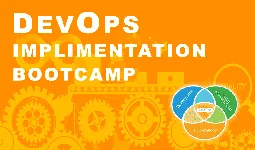
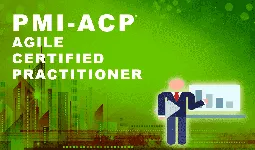
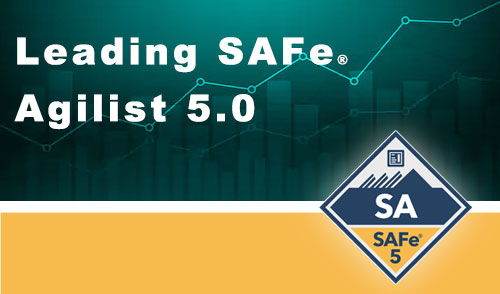

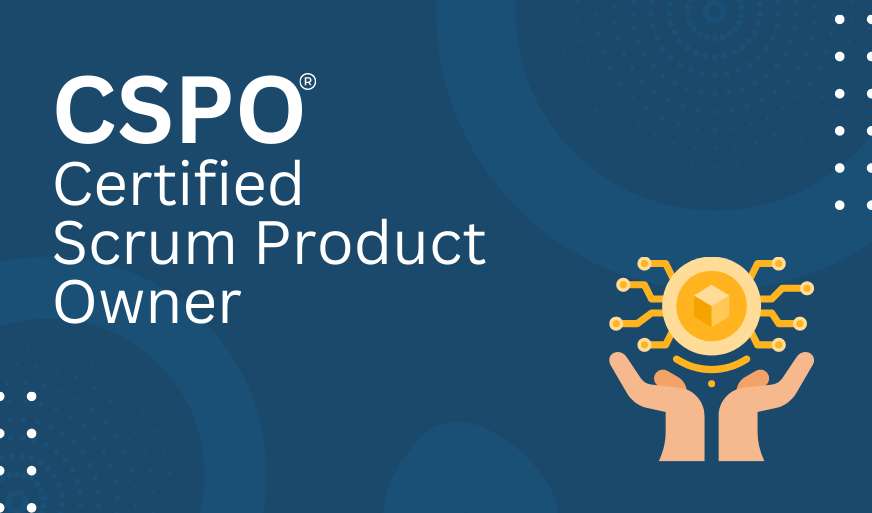
.webp)
